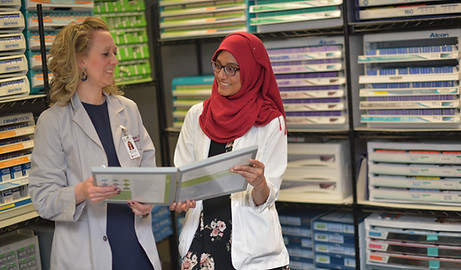VISUAL EFFICENCY EXAM
CHILDREN & BINOCULAR VISION
What is a Visual Efficiency Exam?
A visual efficiency exam is a series of tests that evaluate a patient’s vision skills with particular emphasis on the following:
-
Visual acuity: clarity of sight at distance and near
-
Refractive status: tests to determine whether glasses are needed for myopia (nearsightedness), hyperopia (farsightedness), and/or astigmatism.
-
Accommodative function: ability of the focusing system to maintain clear vision at various distances.
-
Binocular function: the ability of the two eyes to work efficiently as a team
-
Oculomotor function: eye tracking ability

Who Might Need a Visual Efficiency Exam?
Generally, a comprehensive eye examination (with dilating drops) performed by your eye care professional is required prior to a VEE. Based on patient's signs and symptoms suggestive of binocular vision, focusing and/or eye tracking problems, a VEE may provide valuable information in diagnosis and treatment.

These symptoms commonly include, but are not limited to:
-
Blurred vision after prolonged near work
-
Headache associated with use of the eyes
-
Double vision
-
Eye strain
-
Loss of concentration while performing close work
-
Skipping lines/losing place while reading
-
Words appearing to move around on
page during reading -
Closing or squinting one eye while reading
Types of Visual Efficiency Exams
What are typical treatment options?
Your doctor will review the information collected and may recommend any combination of these treatments:
-
Prescription eyeglasses for full time wear
-
Reading-only eyeglasses
-
Eyeglasses with prism (which can help the two eyes to work together more easily)
-
Vision therapy (a program that improves vision skills through a series of prescribed activities)





